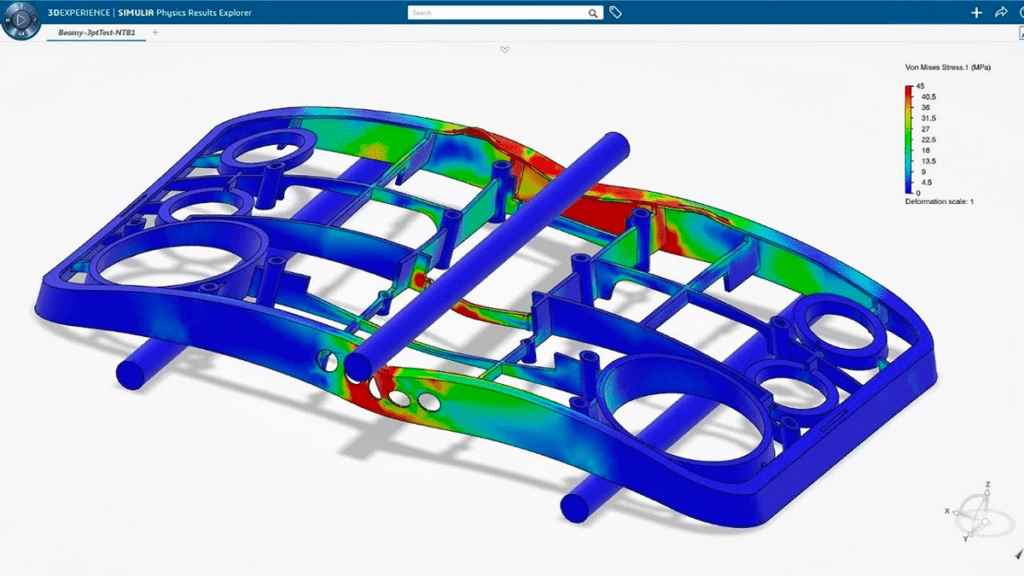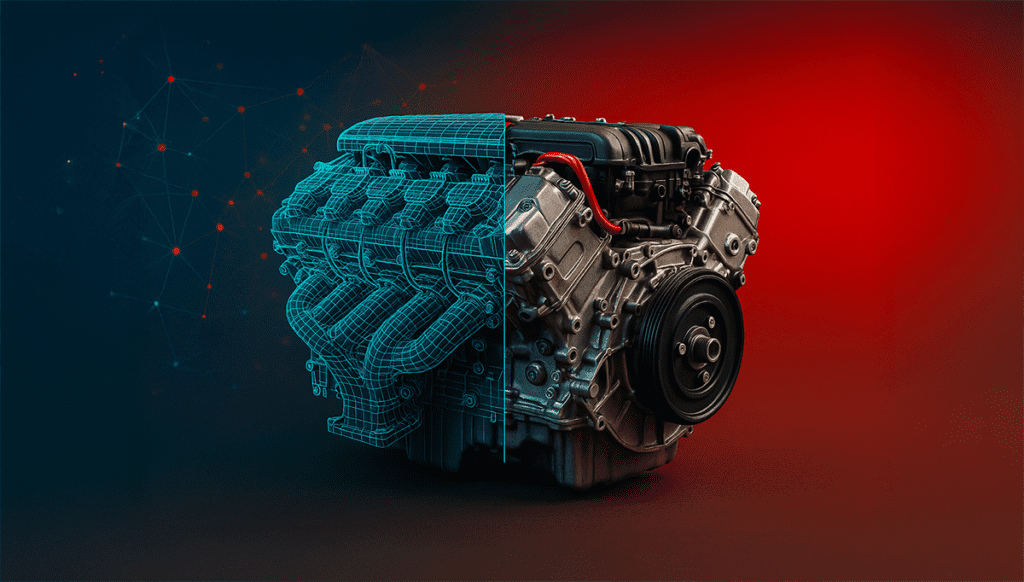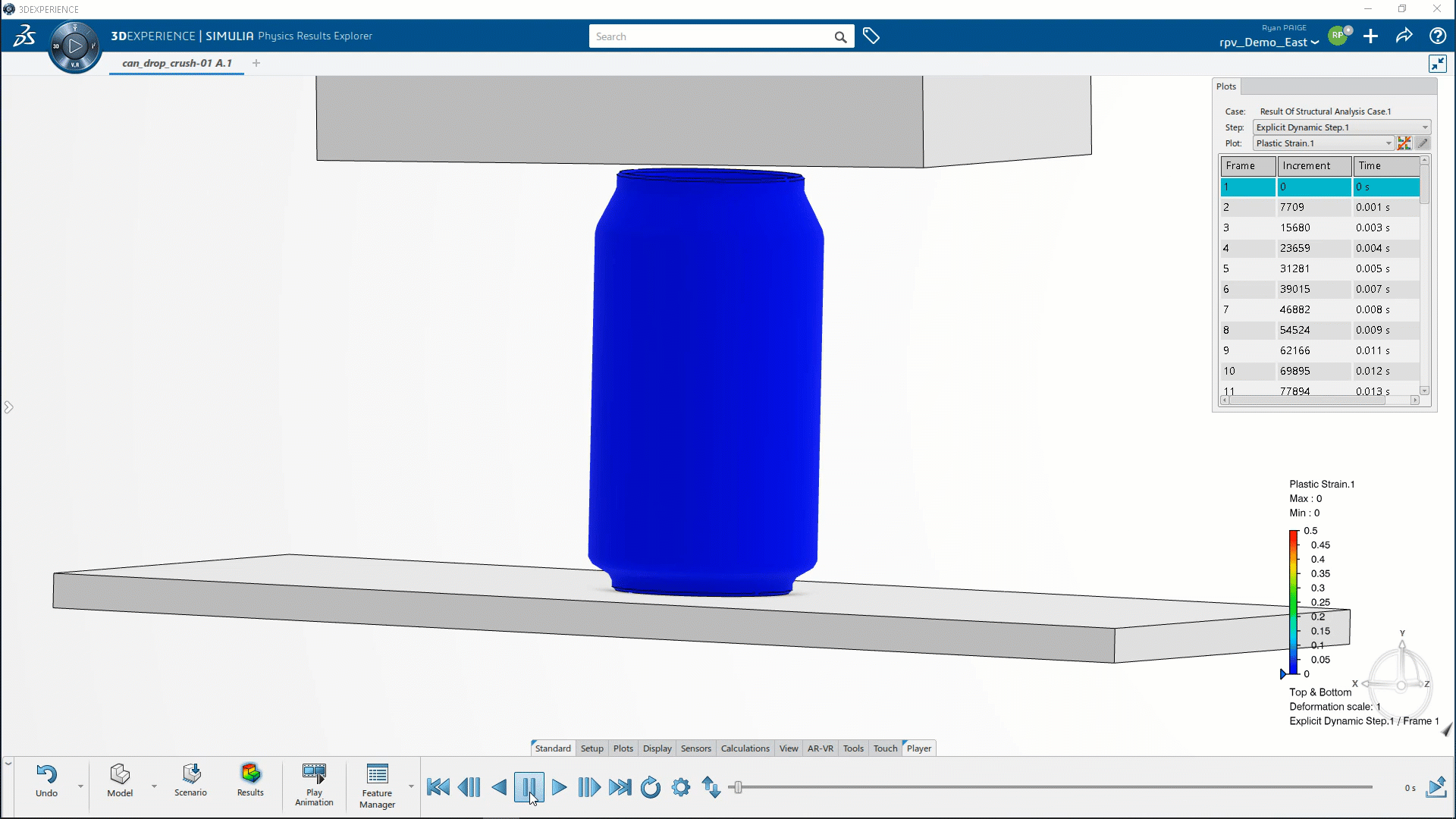Abstract
Product testing has always been a necessary yet costly and challenging phase in engineering and manufacturing. Traditionally, verifying that products meet stringent performance, safety, and regulatory standards involves building numerous physical prototypes, running exhaustive real-world tests, and navigating substantial resource constraints. However, the rise of digital twin technology is revolutionizing this critical process.
Digital twins—highly accurate virtual replicas of physical products—enable engineers to simulate real-world conditions and rigorously test performance digitally before any physical model exists. From structural integrity and thermal performance to fluid dynamics and wear analysis, digital twins empower manufacturers with deep, actionable insights within a controlled virtual environment. This innovative, data-driven approach significantly cuts down costs, reduces development timelines, and enhances the precision and scope of testing.
This article dives into the transformative impact of digital twin technology on product testing, highlighting how manufacturers can streamline validation processes, boost reliability, and expedite market readiness—all while achieving unprecedented efficiency and accuracy.
The Evolution of Product Testing and the Role of Digital Twins
Traditionally, product testing relies heavily on extensive physical prototypes, rigorous laboratory experiments, and comprehensive field trials. While effective, these conventional methods often face challenges with material constraints, environmental unpredictability, and lengthy iteration cycles.
With digital twin technology integrated into the 3DEXPERIENCE platform, the landscape of product testing has dramatically advanced. Digital twins—dynamic, virtual models seamlessly managed through applications like SIMULIA, CATIA, and ENOVIA—enable precise simulated testing beyond traditional limitations. Engineers can leverage realistic simulations using tools such as Structural Performance Engineer and Fluid Dynamics Engineer, allowing you to analyze material stresses, predict failures, and optimize designs long before physical prototyping.
Key Advantages of Digital Twin Technology
Realistic Virtual Testing
Utilizing apps like SIMULIA Abaqus and Structural Mechanics Engineer within the 3DEXPERIENCE platform, digital twins facilitate highly accurate virtual testing under realistic conditions. Engineers can precisely assess structural responses to temperature variations, vibrations, pressure changes, and other environmental factors. Automotive engineers use Structural Performance Engineer to evaluate chassis integrity in various driving scenarios, while aerospace teams rely on Fluid Dynamics Engineer to simulate aerodynamic performance and thermal behaviors under different altitude conditions.
Accelerated Product Development with Virtual Prototyping
Digital twins on the 3DEXPERIENCE platform streamline the iterative design process, dramatically reducing the need for physical prototypes. With CATIA and xDesign, engineers rapidly modify and refine digital models, instantly evaluating performance impacts using integrated simulation tools. Electronics designers, for example, employ CATIA to virtually validate circuit board performance, significantly reducing development cycles and accelerating market readiness.
Proactive Predictive Maintenance
Integrating digital twins with DELMIA and NETVIBES on the 3DEXPERIENCE platform provides powerful predictive maintenance capabilities. By continuously aggregating real-time data from operational assets, digital twins detect wear patterns, forecast potential failures, and recommend preventive actions. Industries such as aerospace and heavy machinery benefit from DELMIA’s robust monitoring and predictive maintenance tools, ensuring increased reliability, optimized maintenance scheduling, and improved long-term operational efficiency.
Enhanced Sustainability and Cost Efficiency
The adoption of digital twins within the 3DEXPERIENCE platform significantly reduces both environmental impact and financial costs associated with traditional testing processes. By minimizing physical prototypes, companies decrease material waste, energy use, and overall testing expenditures. Automotive manufacturers utilizing SIMULIA PowerFLOW dramatically reduce physical crash tests, and production facilities apply DELMIA for digital optimization of factory layouts, achieving greater sustainability and operational efficiency.
Industry-Specific Applications
Aerospace
Aerospace companies use applications like SIMULIA and CATIA on the 3DEXPERIENCE platform for rigorous simulations of airframe durability, fuel efficiency, and structural integrity, ensuring comprehensive regulatory compliance prior to physical certification.
Automotive
Automotive manufacturers leverage tools like SIMULIA’s Crash Test Engineer and Structural Performance Engineer for detailed crash analysis, engine performance optimization, and autonomous vehicle testing, substantially decreasing reliance on physical prototypes and accelerating validation timelines.
Electronics & Consumer Goods
Within the 3DEXPERIENCE platform, CATIA and SIMULIA support electronics manufacturers by accurately predicting thermal management, battery longevity, and circuit reliability, strengthening product robustness and minimizing risks associated with component failures.
Conclusion: The Digital Twin Advantage
Integrating digital twin technology into product testing workflows via the 3DEXPERIENCE platform greatly enhances accuracy, efficiency, and reliability. By employing applications like SIMULIA, CATIA, DELMIA, and NETVIBES, businesses gain predictive insights, accelerate prototyping, and enable data-driven decision-making, driving engineering excellence and innovation.
To discover how digital twin technology within the 3DEXPERIENCE platform can optimize your product testing processes, contact Mecanica today for personalized, industry-specific solutions.


